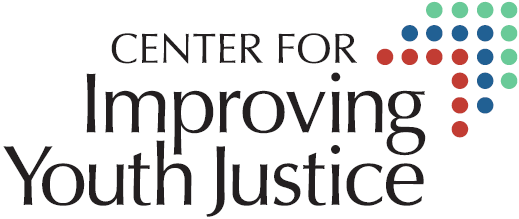The pandemic and racial violence have created more challenges for the staff and young people in the juvenile justice system than I’ve seen in my 27 years in this field. Not to mention the enormous burden of stress that came along with these impossible times. nYet, we are seeing signs of positive change for young people. The positive youth development approach is taking hold in juvenile justice facilities—and more—young people are feeling the impact and reaping the benefits. nFor instance, on the Performance-based Standards (PbS) Youth Reentry Survey, 5% more young people said staff made more positive comments than negative comments in October 2021 than in April 2020. This percentage jumped from 73% to 78% since the pandemic began. nAdditionally, 5% more young people strongly agreed that their case manager (probation officer, aftercare worker) asked about the supportive adult(s) in their lives and were prepared to help them connect with this support if necessary, and 3% more young people strongly agreed that their case manager helped them work through barriers that may have stopped them from achieving their goals. nAnother promising change reflected in the survey responses was 2% more young people said they have participated in formal discussions about discrimination. nApril is Second Chance Act month, a nationwide effort to reduce recidivism and improve outcomes for young people reentering our communities. Juvenile justice systems’ commitment to implementing positive youth development, an approach grounded in the belief that all young people can thrive when emphasis is placed on their strengths and competencies, is paramount in the goal behind Second Chance Act month and PbS’ mission. nWe celebrate these steps toward successful reentry outcomes with the young people doing the hard work, the staff striving for positive changes, and state, local, and tribal governments committed to second chances and opportunity for all.
